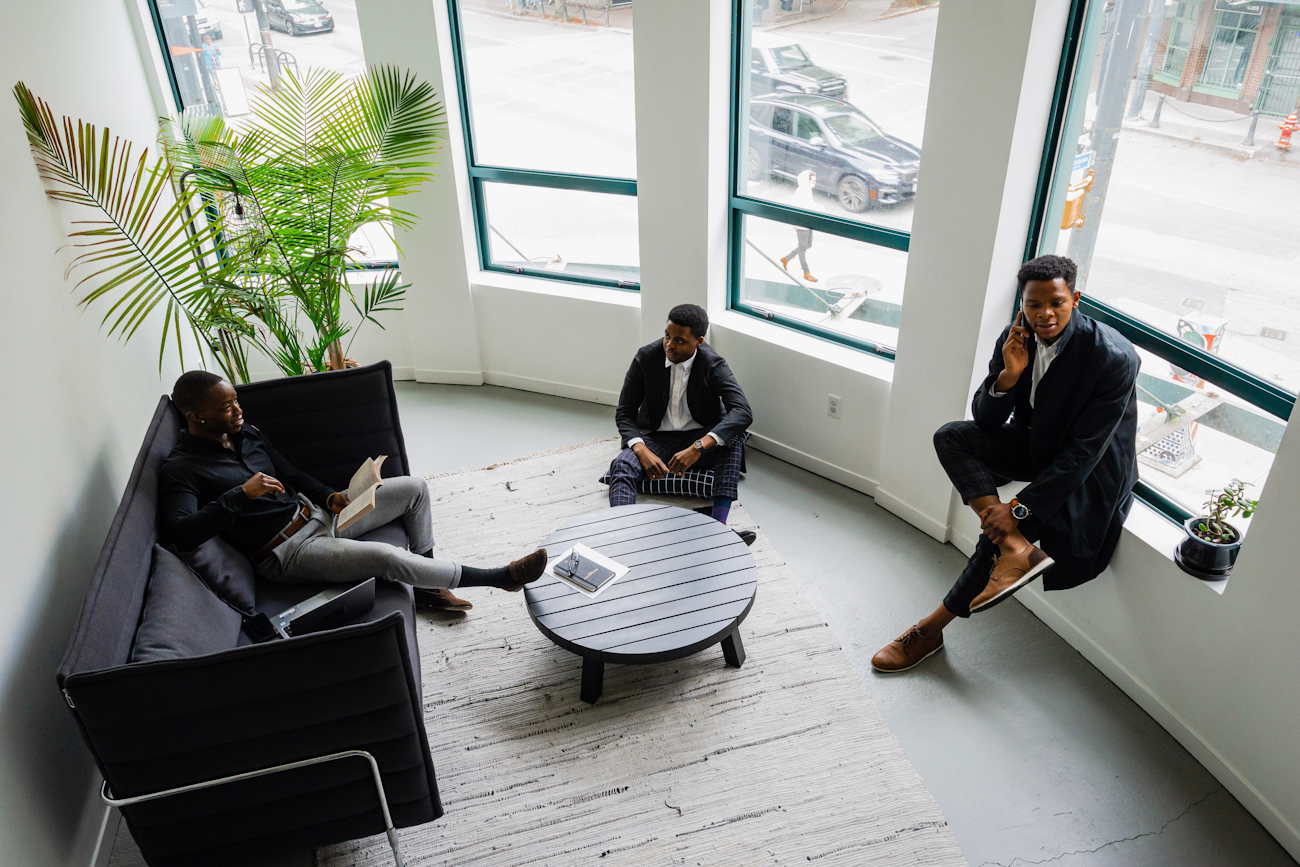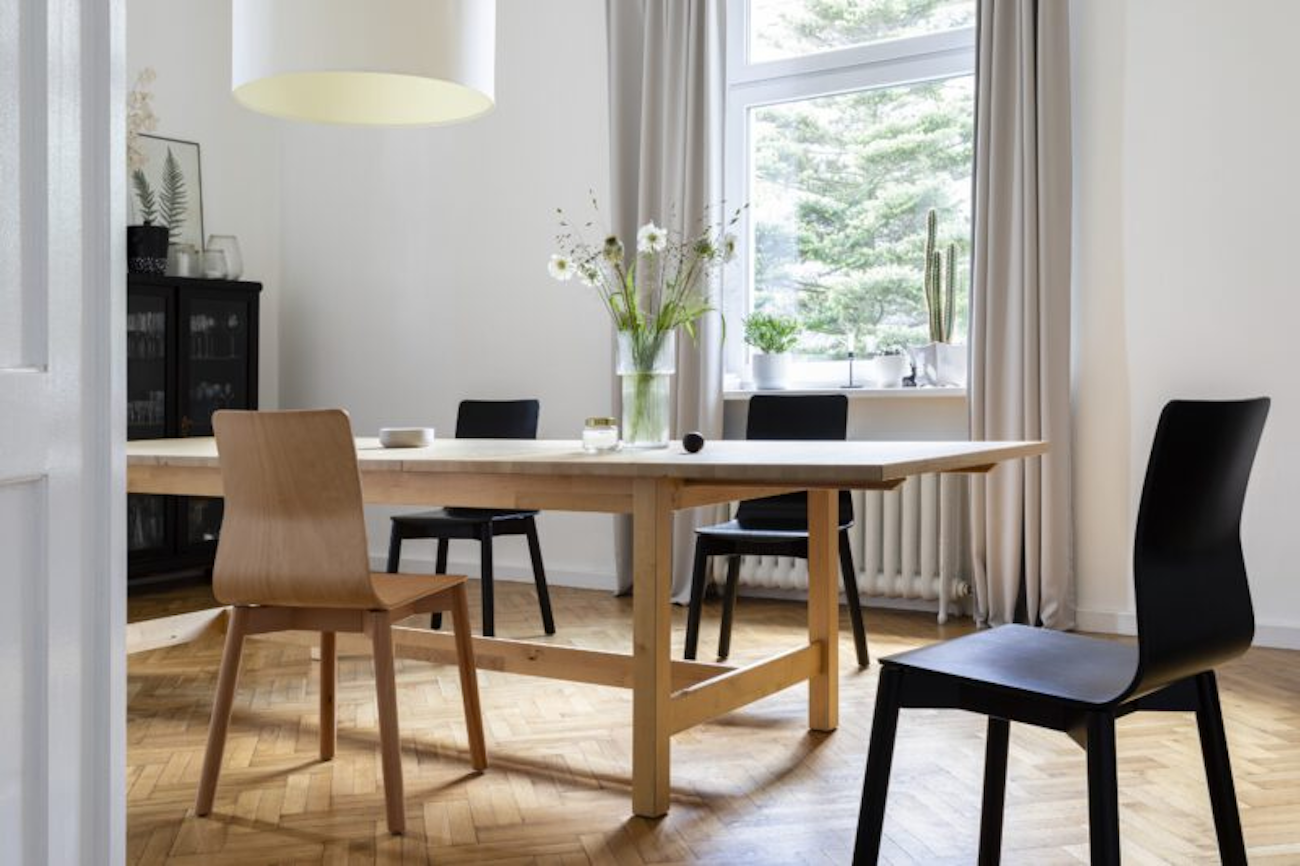Insights
Create a Culture of Well-being: Why Movement-Oriented Furniture Layouts Matter

In a world where our lives are increasingly dominated by technology and sedentary routines, the importance of prioritising well-being has never been greater. According to a recent survey, nearly half of the working UK public—46% to be exact—struggle to find time for daily exercise amidst their busy schedules. This revelation underscores the challenge many face in incorporating physical activity into their lives. While we often focus on exercise and nutrition, one aspect of our well-being that tends to fly under the radar is our physical environment. The arrangement of furniture within our living and working spaces holds the potential to make a significant impact on our overall health. This insight sheds light on the pressing need to create environments that not only facilitate movement but also foster a culture of well-being.
The concept of movement-oriented furniture layouts has gained momentum for its potential to create a culture of well-being. It’s an idea that unfolds—one that goes beyond just how things look. These layouts are like a dance—a carefully planned way of putting furniture and space together. This dance invites us to move, stretch, and interact—a quiet way of saying, "Come, be a part of the world around you." In this blog, we will explore how this idea can make a big difference in how we feel and live, especially when it comes to our workspaces.

The Sedentary Dilemma
Sedentary lifestyles have become a major contributor to many health issues, including obesity, cardiovascular diseases, and even mental health challenges. As we spend more time sitting for work, entertainment, and leisure, the adverse effects on our overall well-being have become increasingly evident. In response to this, a movement known as "active design" has gained traction, emphasising the importance of incorporating physical activity into our daily routines, even within indoor spaces.
Movement-oriented furniture layouts align perfectly with the principles of active design, promoting physical movement and engagement throughout the day. Unlike traditional static furniture arrangements, movement-oriented layouts encourage people to shift, stand, and interact with their surroundings, ultimately contributing to improved physical health, mental clarity, and overall productivity. They also offer a multitude of benefits, as they help increase cognitive function, encourage posture changes, boost circulation, and reduce stiffness. Additionally, the adaptability of movement-oriented layouts accommodates various activities, transforming spaces to cater to work, relaxation, or exercise needs.

Creating a Movement-Oriented Layout
Creating a movement-oriented furniture layout involves a thoughtful approach to design and spatial planning. Here are some key considerations to keep in mind:
- Flow and Circulation
Creating a movement-oriented environment involves a deliberate consideration of spatial flow and circulation. Open pathways and unobstructed routes invite effortless movement, allowing you to transition from one activity to another with ease. By minimising clutter and strategically arranging furniture, you create an environment that beckons you to explore, engage, and navigate your space freely. This intentional design approach fosters a dynamic connection between various areas, promoting an atmosphere of continuous movement and fluidity.
- Multifunctionality
In the realm of movement-oriented furniture layouts, multifunctionality takes centre stage. Opt for furniture pieces that seamlessly blend form and function, effortlessly transitioning between different activities. A standing desk, for instance, not only provides a conducive space for work but also serves as a versatile platform for impromptu stretches or brief exercise routines. This fusion of utility encourages regular movement, as the boundaries between work and well-being blur, creating a harmonious synergy between productivity and physical activity.
- Variety of Seating Options
Diversity in seating options lies at the heart of movement-oriented layouts. By offering an array of choices, you invite a dynamic interplay of postures and movements. Ergonomic chairs, like Haiken’s Paxton, Webb, and Norman chairs, provide comfort during focused tasks. Chairs like these often have stability balls that engage core muscles and promote active sitting. When paired with standing workstations, they can encourage periodic changes in position and encourage you to adapt to different postures, minimising the risk of sedentary habits and promoting a more engaged and agile experience throughout the day.
- Zoning
Zoning is a key principle that lends structure and purpose to movement-oriented spaces. Dividing your environment into distinct zones based on activities creates dedicated spaces for specific movements and interactions. A designated corner for stretching beckons you to unwind, a pathway encourages walking breaks, and an open expanse invites impromptu dance sessions. These delineated zones inspire purposeful movement, allowing you to seamlessly integrate physical activity into your daily routine while promoting a sense of intention and balance within your space.
- Nature Integration
The integration of nature within movement-oriented layouts adds a touch of serenity and vitality to your space. Indoor plants breathe life into your environment, purifying the air and infusing it with a sense of tranquillity. Natural lighting, streaming through windows, imbues the space with an invigorating energy that enhances your well-being. The presence of nature acts as a gentle reminder to connect with the outdoors, reinforcing the holistic philosophy of movement-oriented living and encouraging a deeper connection to the world around you.

In Conclusion
Adopting a movement-oriented furniture layout requires a shift in mindset and a willingness to embrace change. Begin by evaluating your current space and identifying areas where movement can be encouraged. Gradually introduce new furniture pieces and layout adjustments, allowing yourself and others to adapt to the changes over time.
By intentionally designing spaces that encourage physical activity, engagement, and social interaction, you can create a culture of health and vitality within your living and working environments. The benefits extend beyond physical health to encompass mental clarity, creativity, and a sense of community.
At Haiken, our team is dedicated to helping you elevate your surroundings and embrace a lifestyle that celebrates movement, functionality, and style. Visit our website to discover how we can help you create spaces that inspire and invigorate.